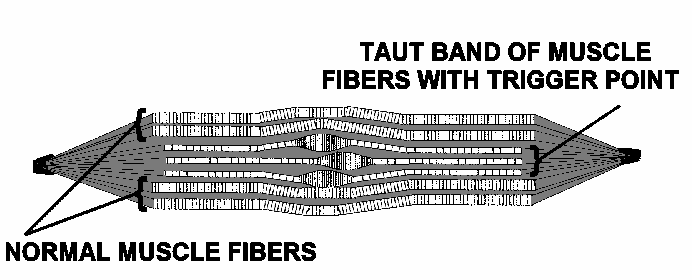Winterizing YOU
With winter fast approaching, or as we’ve seen lately already here, I thought I would bring you some information to help you prepare for this. A main focus right now for people in the community is to winterize your home, car, etc. With all the preparation, I would like for you to know how to winterize your body. One of the toughest parts of the winter is the cold, and what the cold does to your body.
One main thing to take care of is your skin. It’s your bodie’s largest organ and your first level of protection against disease. It may become a little more important due the winter, drier months to apply more lotion or moisturizer than normal to your hands, legs and feet. Keep an eye around common areas such as your knuckles.
You may also want to include some daily activity in with your winter preparation. It makes it much tougher to walk when there is snow, ice, and cold outside. A great place to walk is in a mall, large department store, or inside your house/gym if you have the available equipment. This will allow you to keep away from the cabin fever and winter pounds that become possible during this time of year.
Many of us have heard of the winter “blahs”. To keep away from the winter blah’s or more medically termed SAD (seasonal affective disorder) here are a few tips.
1. Soak up as much natural light as you can: During the times from 6-8 am are sometimes the best natural light your body can grab.
2. Regular Aerobic Exercise—This could even be combined with number 1 to help with this both ways.
3. Open the curtains and blinds in your house when you are home to let natural light in, especially when you are home on a weekend to keep away from the dark, gloomy days.
Lastly, the most important thing to take care of is your spine. Cold weather can really wreak havoc on a patient’s body, and can be especially worse if you have any underlying issues such as Arthritis. Our muscle, joints, tendons, and ligaments all like to tighten up at a much faster rate when it’s colder outside. The cold weather also causes these to be slower to warm up and recover. If you find yourself with muscles that are tightening or joints that are stiffening, make sure to call our office to set up a chiropractic evaluation.
Proper Preparation begins and ends with prevention, and is the best bet to get through the winter pain and problem free. So don’t forget while you are preparing the rest of you, take care of the best of you, YOU!

